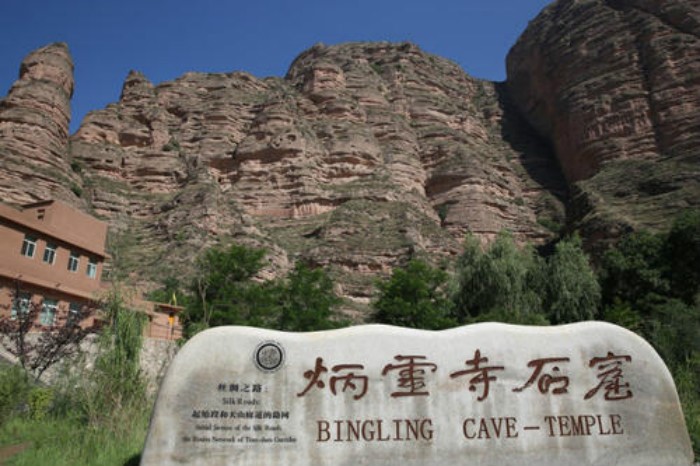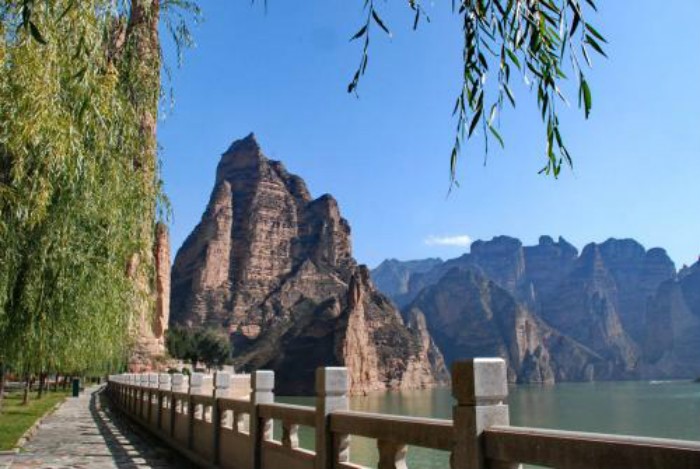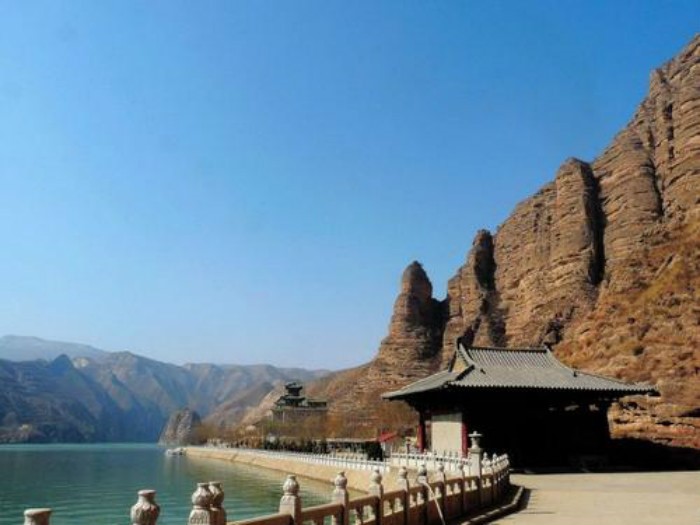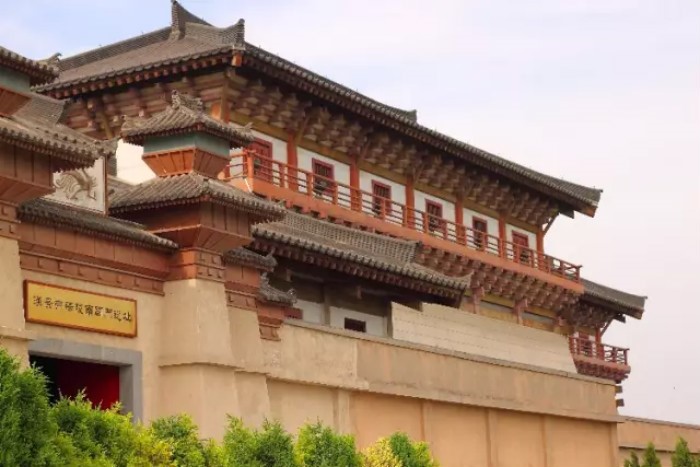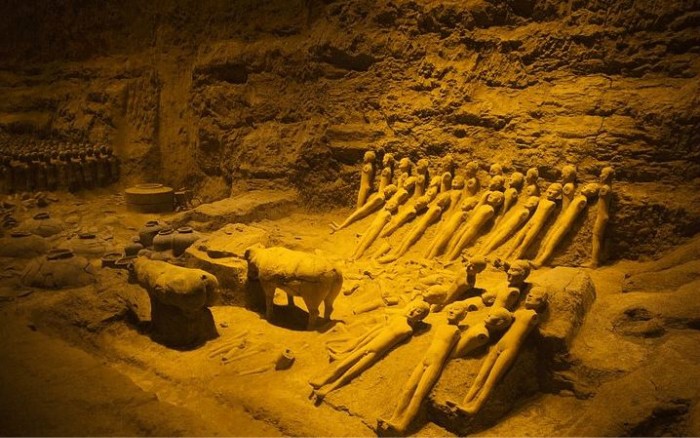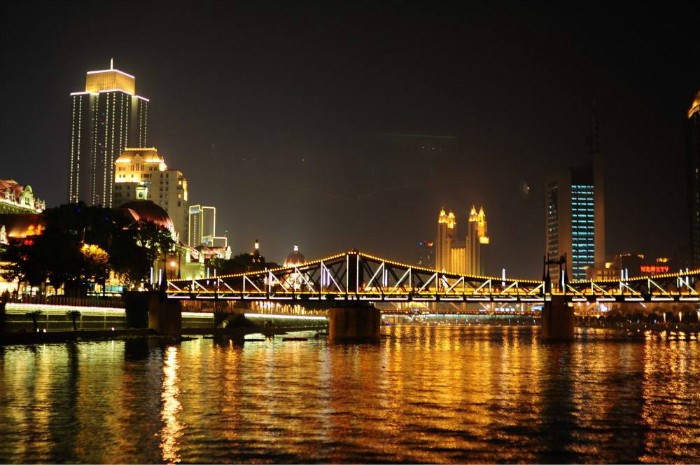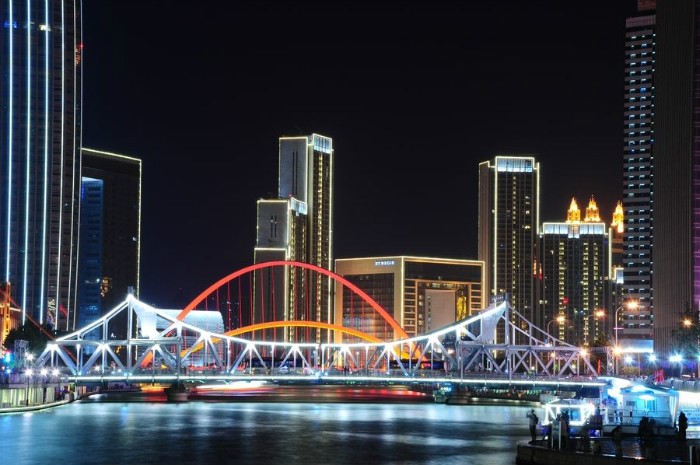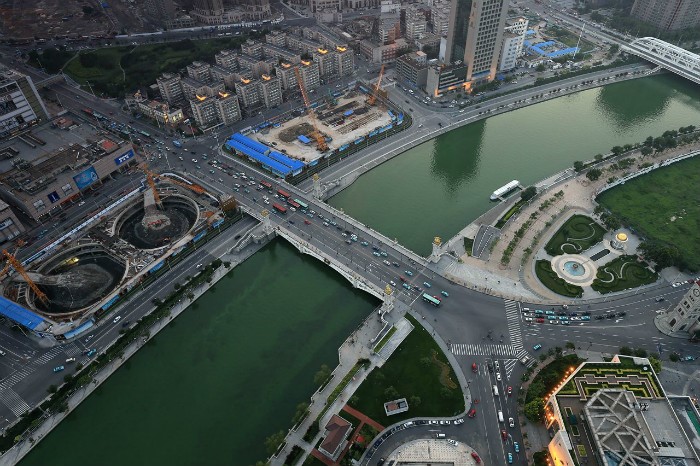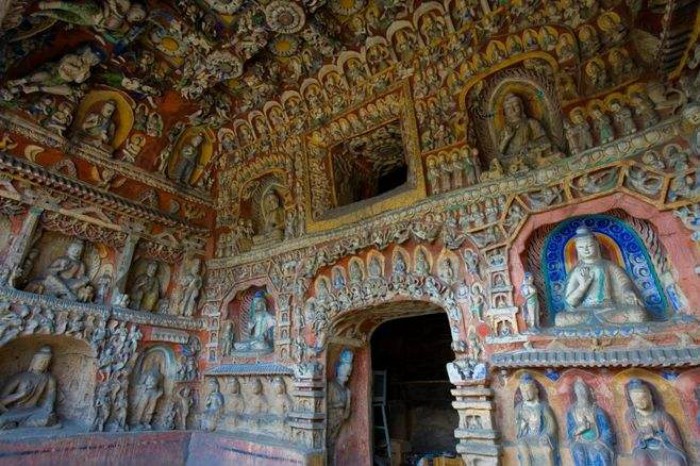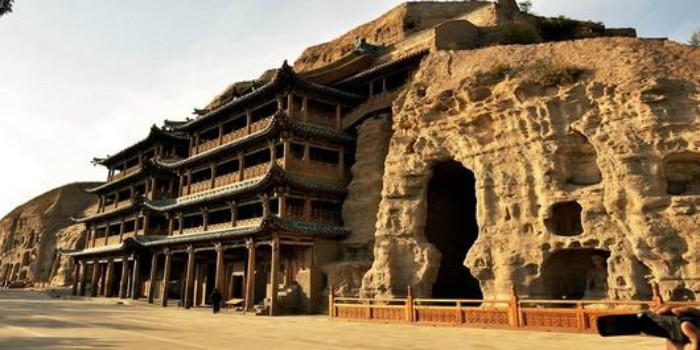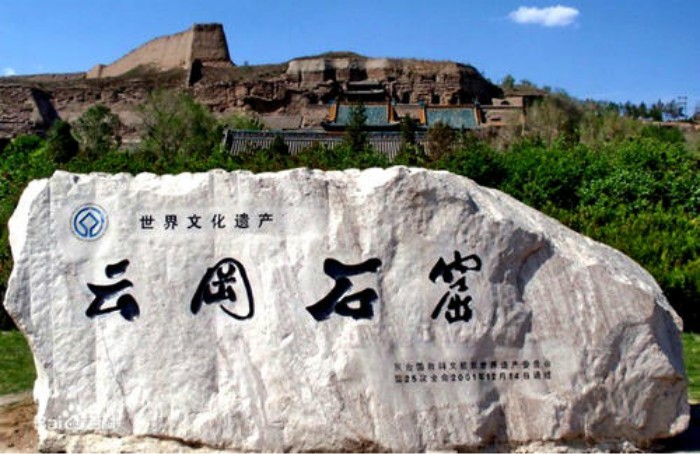The Civil Aviation Administration of China (CAAC) announced at its regular press conference Thursday, February 29, Beijing Time that starting from March 31st, airlines from both China and the United States can operate a total of 100 regular passenger flights per week.
It was pointed out at the meeting that since the Spring Festival travel season, the resumption of international regular passenger flights in China has been steadily progressing. From February 12th to 18th, both Chinese and foreign airlines operated 5,389 international regular passenger flights (each round trip counted as 1 flight), which has resumed to 70.7% of the pre-pandemic level.
According to the Civil Aviation Administration of China, currently, international regular passenger flights serve 64 countries, of which 48 are countries participating in the Belt and Road Initiative, accounting for 75%. Flights to 22 countries including Singapore, Australia, the United Arab Emirates, the United Kingdom, Italy, New Zealand, and Turkey have exceeded pre-pandemic levels, and five new countries, Kuwait, Luxembourg, Tanzania, Serbia, and Papua New Guinea, have been added to the list of countries with air traffic.
Regarding flights between China and the United States, starting from March 31st, airlines from both China and the United States can operate a total of 100 regular passenger flights per week.
The press conference stated that the Civil Aviation Administration will continue to increase resource allocation, further optimize approval procedures, support both Chinese and foreign airlines in timely increasing capacity according to market demand, continue to ensure and monitor the operation of international routes and flights of airlines, steadily promote the recovery of international flights, and better meet the needs of travel and business personnel.
The news was also proved by Mr. Nicholas Burns, the U.S. ambassador in China on his X post on Wednesday, February 28, EST.

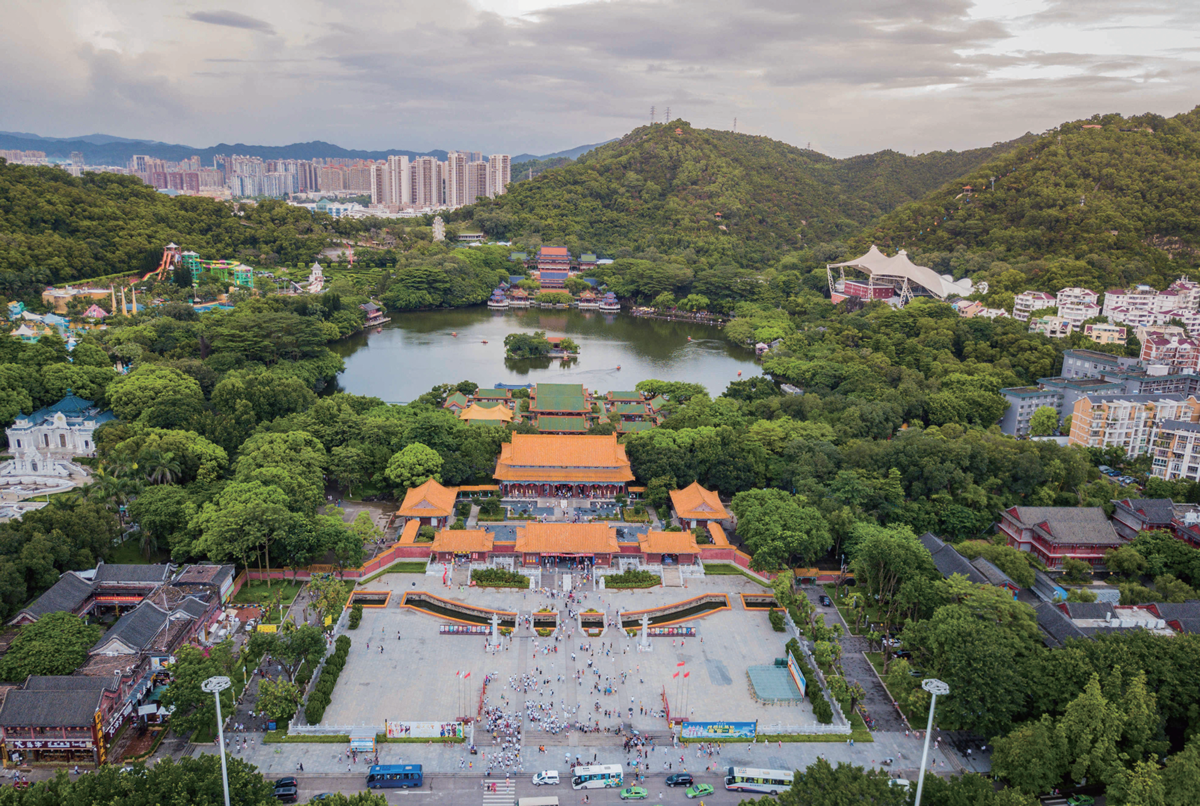
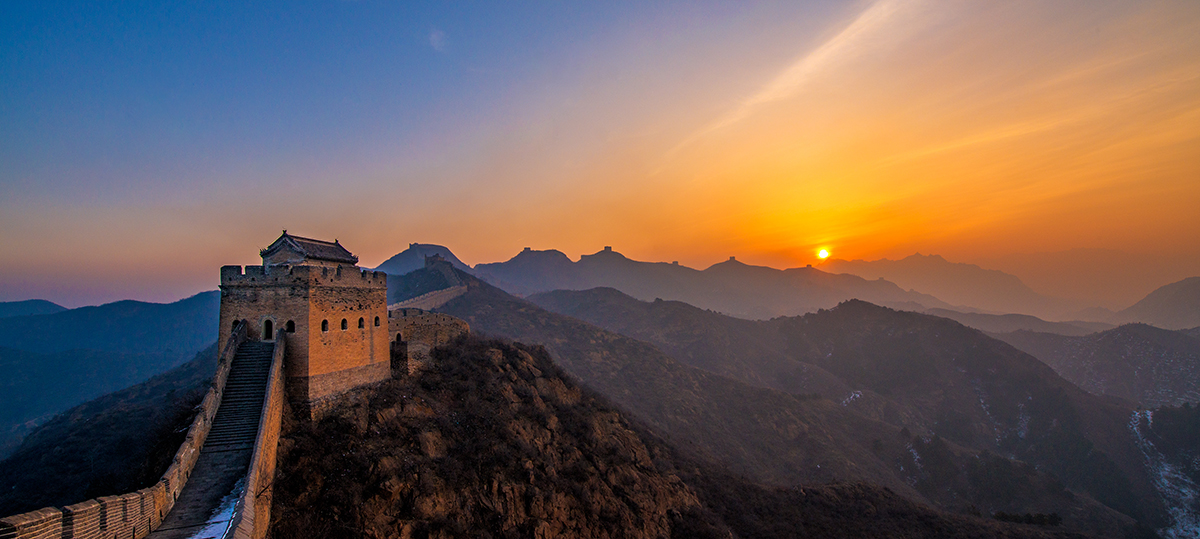
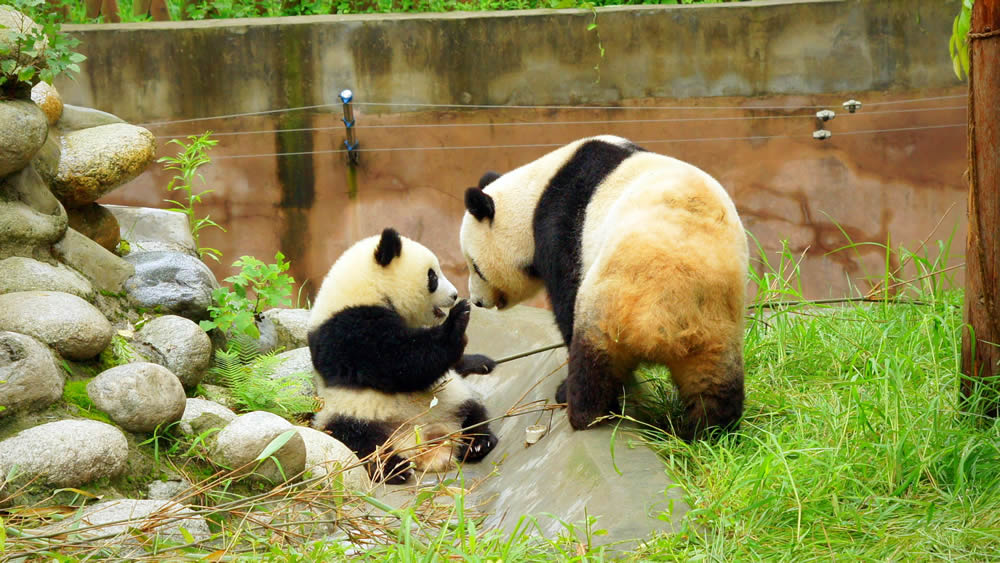
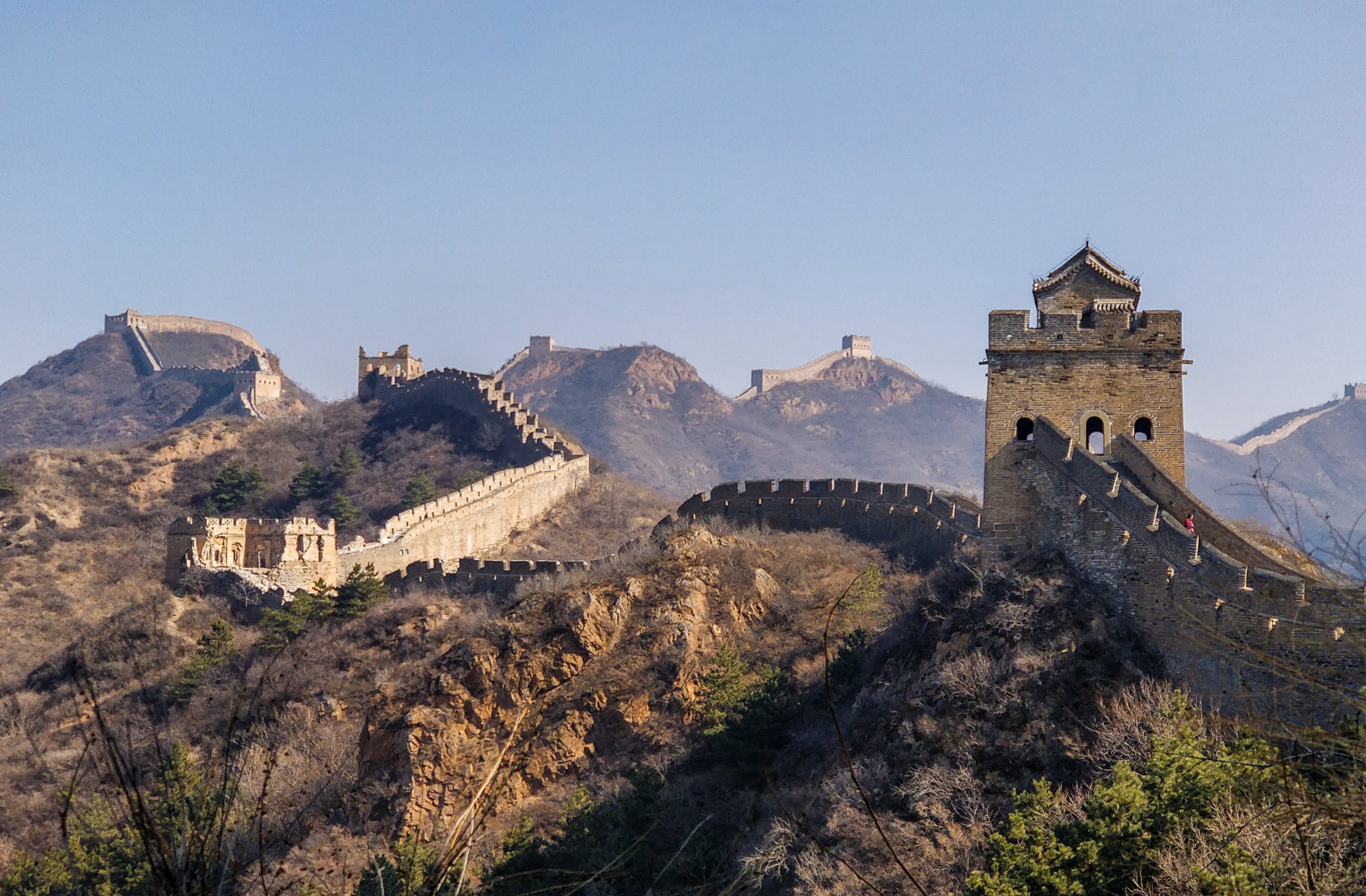
 China’s Snow Town, a beautiful village, aptly named “the home of snow”. Located in the Shuangfeng Wood Farm in Hailin City (under the jurisdiction of Mudanjiang City), the village is about 280 kilometers away from Harbin, the capital city of Heilongjiang Province. White snow, red lanterns and blue skies make here a very charming place in winter.
China’s Snow Town, a beautiful village, aptly named “the home of snow”. Located in the Shuangfeng Wood Farm in Hailin City (under the jurisdiction of Mudanjiang City), the village is about 280 kilometers away from Harbin, the capital city of Heilongjiang Province. White snow, red lanterns and blue skies make here a very charming place in winter.